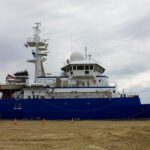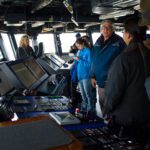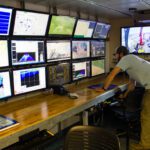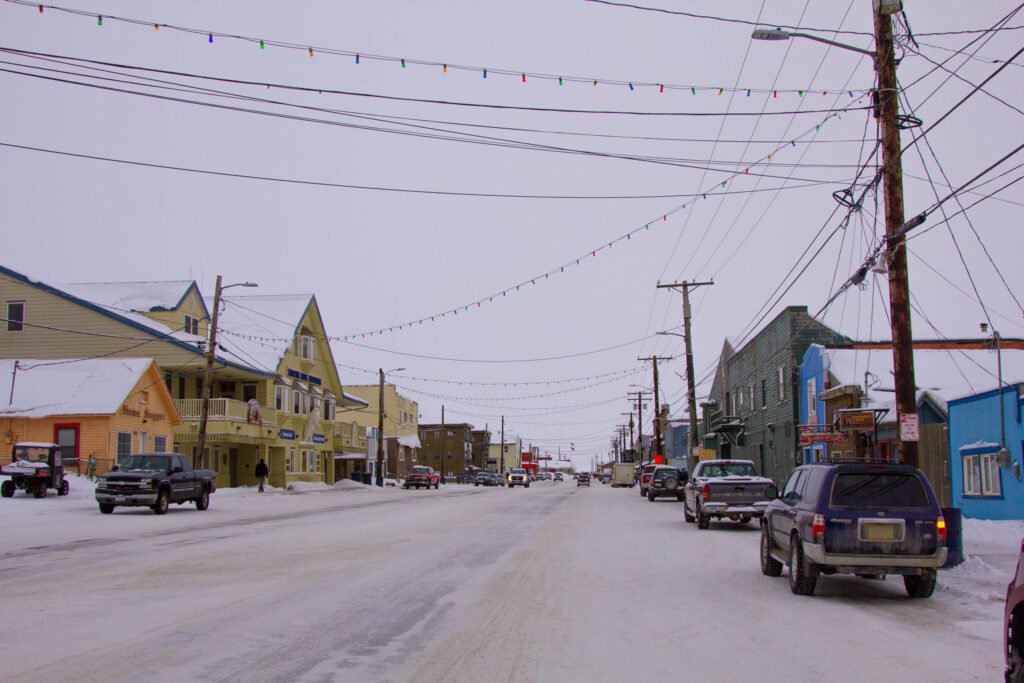The research vessel Sikuliaq docked in Nome on July 21 and opened its doors to local visitors. While touring the ice-capable ship — owned by the National Science Foundation and operated by the University of Alaska Fairbanks — visitors asked questions of the crew and learned about their upcoming missions.
The Sikuliaq will be working in the Chukchi and Beaufort Seas through November on three different research assignments, according to the vessel’s master, Capt. Mike Hoshlyk. He explained the Sikuliaq’s water sampling system, which can measure the properties of water as deep as 10,000 meters.
Just how deep is that?
“The height of Everest. Deeper than Everest,” said Hoshlyk. “You could go to the Marianas Trench.”
Peter Worcester is the chief scientist on one of the upcoming missions. He won’t be researching the world’s deepest trench, but he will use the Sikuliaq to gather data on ocean acoustics, which could shed light on the changing conditions of Arctic waters and sea ice.
“The basic idea is very simple,” said Worcester. “If you have a sound source here and a receiver here, and you measure very accurately how long the sound takes to travel that distance, that’s a very good measure of the average temperature.”
Faster sound means warmer waters — and valuable information on how ocean temperatures are changing. Several visitors were curious about climate change, including how the Sikuliaq itself may contribute. As one visitor said: “My question and concern would be, with the disruptions up there, is [the Sikuliaq] contributing to the climate change?”
Those “disruptions” referred to oil exploration and drilling — two things the Sikuliaq doesn’t do. While the research vessel can cut though roughly three feet of ice, Joan Braddock says it’s not an icebreaker. Braddock is the Dean of the School of Fisheries and Ocean Sciences at UAF and says the Sikuliaq only works in seasonal ice, which is less invasive.
“I think the impact — at least at this point – of research vessels is pretty minimal. But you’re right. As there are more and more ships, there’s going to need to be thoughtfulness,” said Braddock. “We’re certainly going to be a part of the discussion to make sure we’re doing things right with this ship — so that we’re answering questions that are important to Alaskans but not causing problems.”
The Sikuliaq shipped out today to tackle those questions. But the vessel will be back in Nome for the U.S. Arctic Research Commission meeting during late August.











